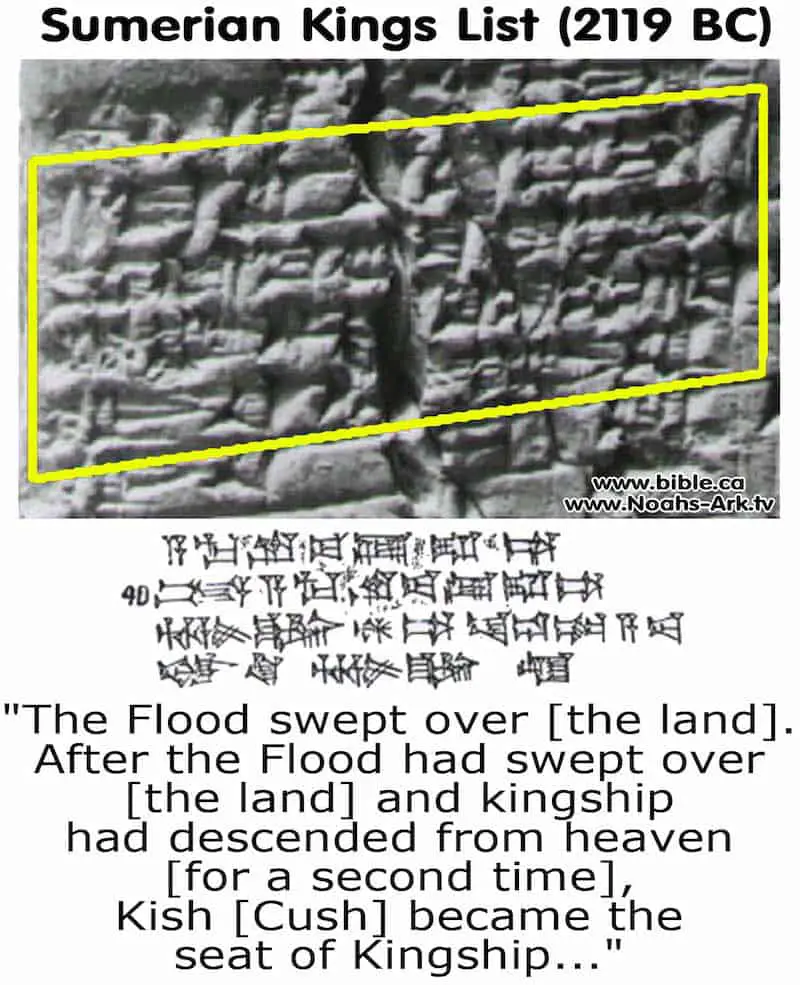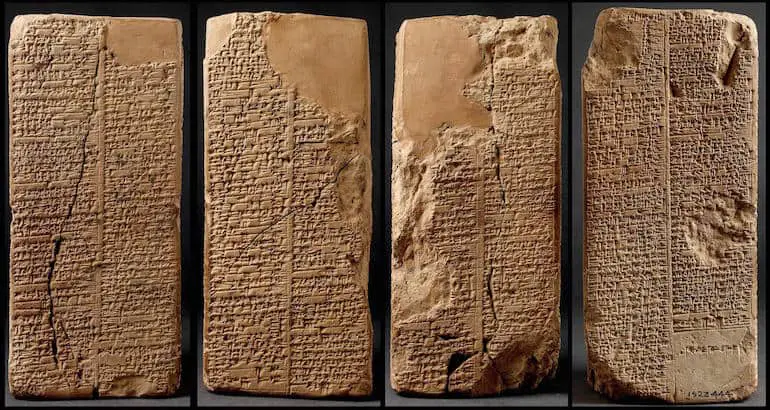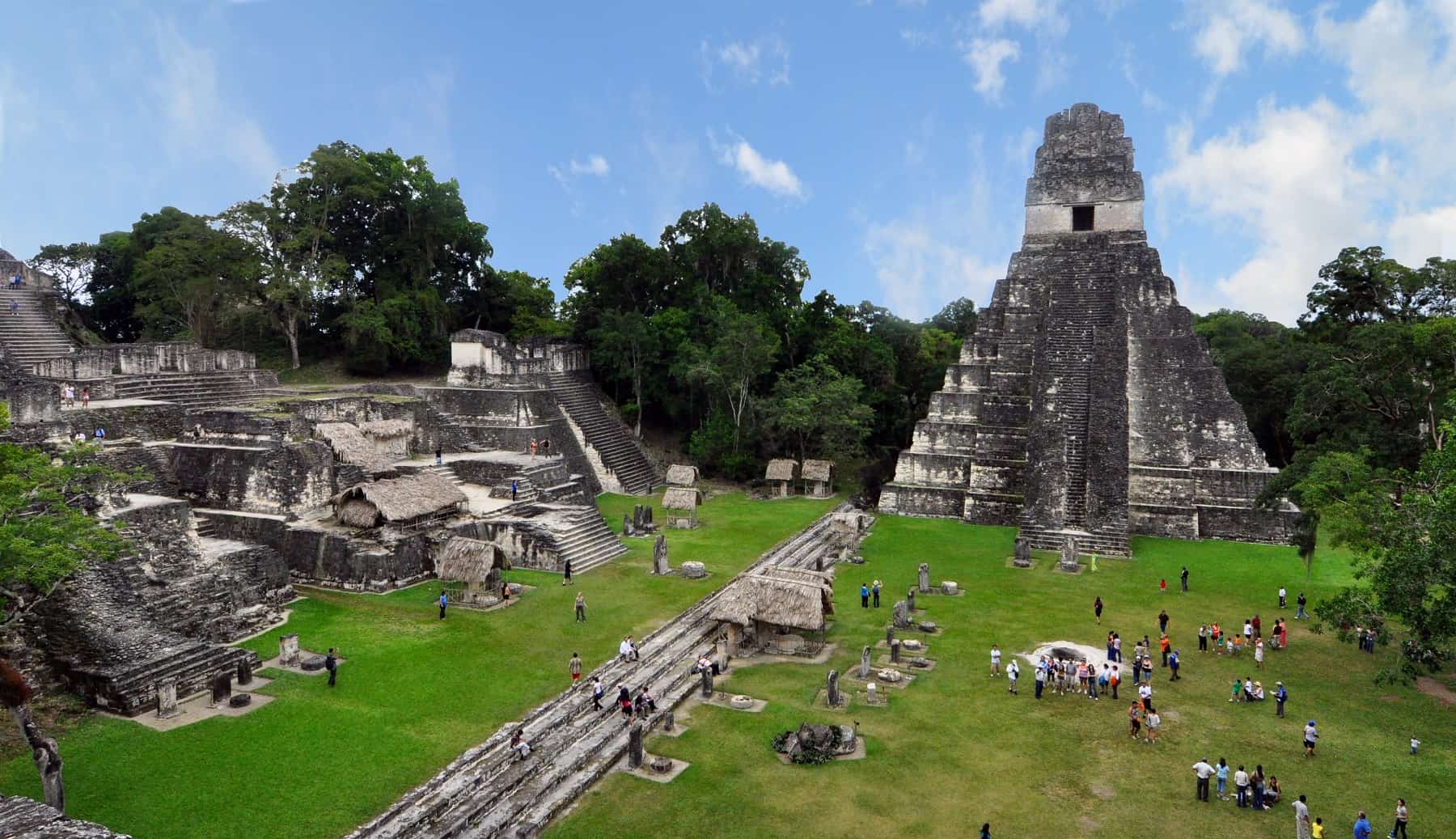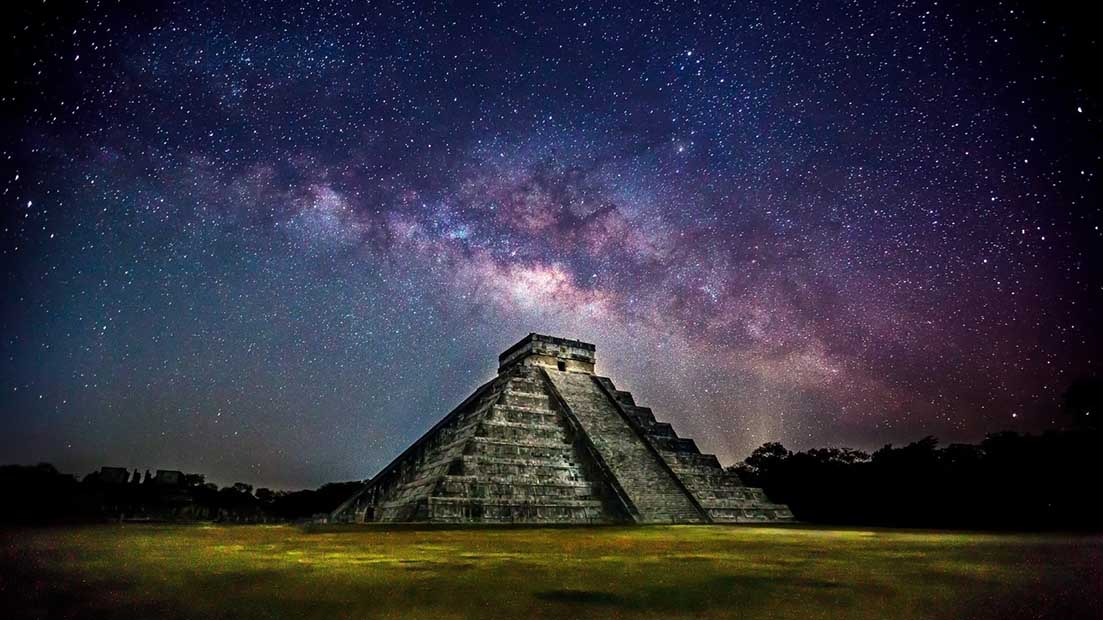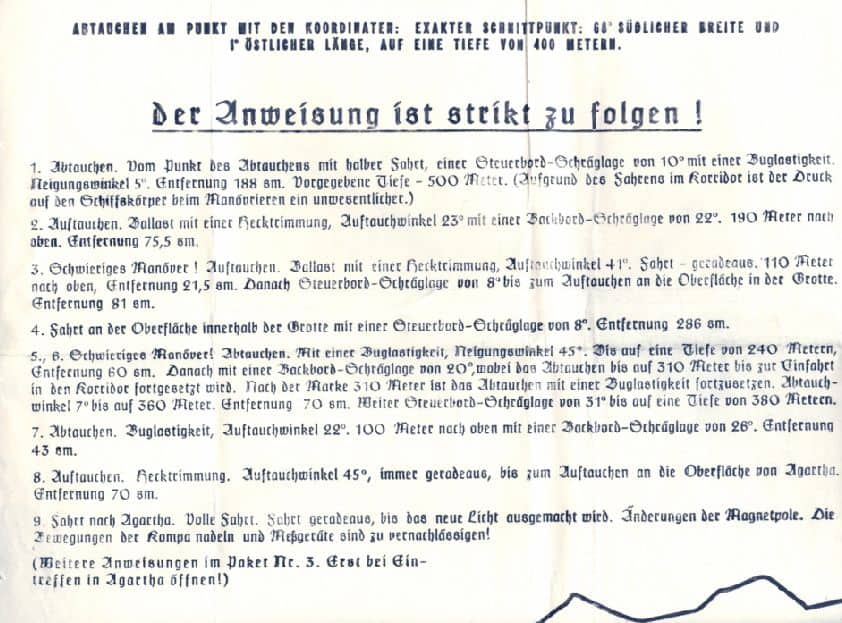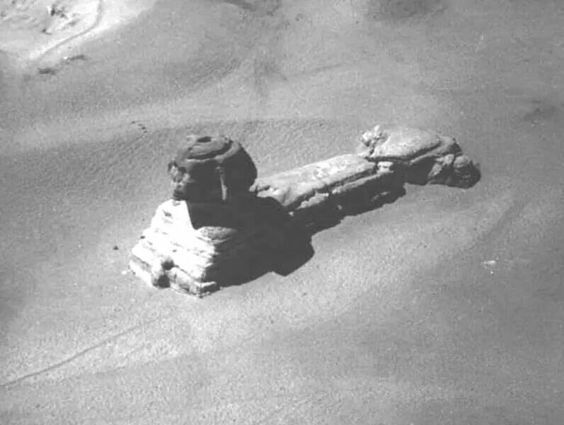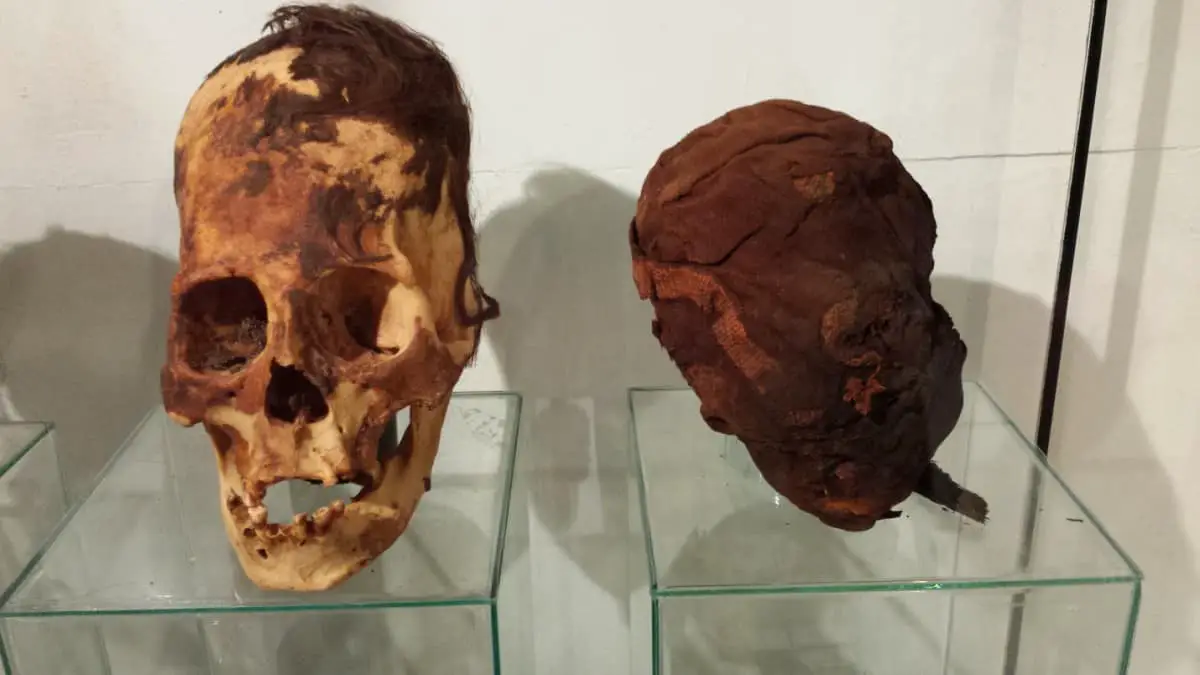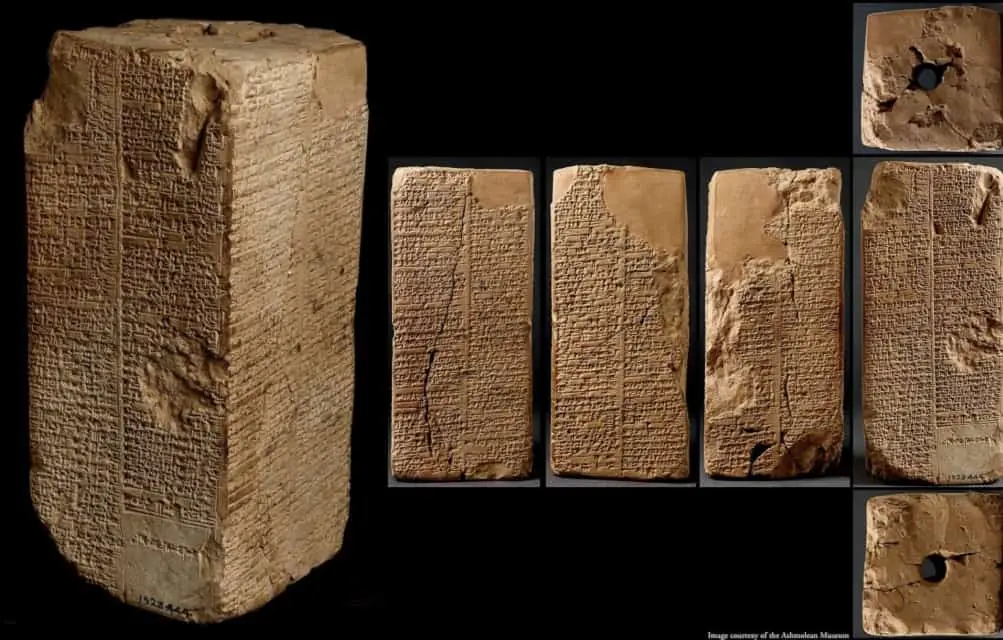
There have been numerous discoveries that seem to disagree with history as we know it. Ancient civilizations that predate our times are known to have existed across the globe, but who were they and were they that different from us? What were their beliefs? Their purpose and origin? That is something that has “bothered” archaeologists who are not convinced with their existence.
Ancient Egypt is one of the most incredible ancient civilizations to have inhabited our planet. According to history, Ancient Egypt came to be around 3000 BC. The earliest texts speak of ancient Mesopotamia around 4000 BC, but from these periods, if we travel further back in time, we will see that other civilizations inhabited our planet, and we are seeing evidence of their existence today.
Robert Bauval and Graham Hancock, authors of the book “The Orion Mystery”, were able to find out, using a computer program that recreated the astronomical landscape in the past, that the Giza plateau was positioned above the constellation of Orion at around 10500 BC. This is one of the pieces of evidence that has led researchers to believe that history as we know it is quite wrong.
Ancient texts speak of the great flood, a story that is repeated in numerous civilizations across the globe, the great flood has also been confirmed by the bible. On the other hand, mainstream history and archaeology seem to tell their own story and suggest that these ancient texts are misinterpreted and are only myths created by our ancestors. Researchers have done a fine job denying recorded history written and depicted on tablets, walls, sculptures and monuments.
In Ancient Mesopotamia we have very interesting pieces of ancient history. Mesopotamia is a Greek name meaning “between the rivers” this region spreads between the Tigris and Euphrates rivers. This vast area of land was composed of several regions such as Southern Sumer, Akkad, and Assyria to the North. In these regions, researchers have found evidence that speaks of a past that seems to disagree with our conventional way of looking at history.
Akkad for example, is a city located 50 km northwest of Babylon. It is commonly referred to as Akkad, Agade, Abu Habba, and Sippar, which means “city of books.” This ancient city was very popular because of their libraries. According to research, it was the capital of the eighth antediluvian monarch, Emenduranna, who reigned for 21,000 years. If we move 80km southeast of Babylon we will find the city of Nimrod and the tablets of Nimrod. Between 1880 and 1900 archaeologists from the University of Pennsylvania excavated 50,000 tablets believed to have been written during the third millennium BC. Among their findings, archaeologists discovered a library of 20,000 volumes, dictionaries and complete works on religion, literature, law and science. Researchers also discovered a list of rulers that lived for thousands of years.
The Sumerian King list is perhaps, one of the most important archaeological discoveries. There are more than a dozen of copies of Sumerian King Lists, found in Babylon, Susa, and Assyria, and the Royal Library of Nineveh from the VII century BC. All of these are believed to originate from one original list believed to have been written during the Third Dynasty of Ur or even earlier. The best preserved specimen of the Sumerian King List is called the Weld-Blundell Prism, which is a clay, cuneiform inscribed vertical prism housed in the Ashmolean Museum. The Weld-Blundell Prism was written in cuneiform around 2170 BC by a scribe who signed as Nur-Ninsubur from the end of the Isin Dynasty. This incredible document provides a comprehensive list of the Sumerian Kings from the beginning, before the great flood, and the 10 kings who lived before the Flood who lived for thousands of years. The clay prism was found in Larsa, home of the fourth antediluvian king Kichunna, a few kilometers north of Ur.
The first part of the Sumerian King List:
“1-39 After the kingship descended from heaven, the kingship was in Eridug. In Eridug, Alulim became king; he ruled for 28800 years. Alaljar ruled for 36000 years. 2 kings; they ruled for 64800 years. Then Eridug fell and the kingship was taken to Bad-tibira. In Bad-tibira, En-men-lu-ana ruled for 43200 years. En-men-gal-ana ruled for 28800 years. Dumuzid, the shepherd, ruled for 36000 years. 3 kings; they ruled for 108000 years. Then Bad-tibira fell (?) and the kingship was taken to Larag. In Larag, En-sipad-zid-ana ruled for 28800 years. 1 king; he ruled for 28800 years. Then Larag fell (?) and the kingship was taken to Zimbir. In Zimbir, En-men-dur-ana became king; he ruled for 21000 years. 1 king; he ruled for 21000 years. Then Zimbir fell (?) and the kingship was taken to Curuppag. In Curuppag, Ubara-Tutu became king; he ruled for 18600 years. 1 king; he ruled for 18600 years. In 5 cities 8 kings; they ruled for 241200 years. Then the flood swept over.”
The real meaning of the Sumerian King list is to demonstrate that the “royalty” came down from the heaven and a specific city was chosen to dominate over all others.
According to the Sumerian King List, after the flood this is how history continued:
After the flood had swept over, and the kingship had descended from heaven, the kingship was in Kic. In Kic, Jucur became king; he ruled for 1200 years. Kullassina-bel ruled for 960(ms. P2+L2 has instead: 900) years. Nanjiclicma ruled for (ms. P2+L2 has:) 670 (?) years. En-tarah-ana ruled for (ms. P2+L2 has:) 420 years ……, 3 months, and 3 1/2 days. Babum …… ruled for (ms. P2+L2 has:) 300 years. Puannum ruled for 840 (ms. P2+L2 has instead: 240) years. Kalibum ruled for 960 (ms. P2+L2 has instead: 900) years. Kalumum ruled for 840 (mss. P3+BT14, Su1 have instead: 900) years. Zuqaqip ruled for 900 (ms. Su1 has instead: 600) years. (In mss. P2+L2, P3+BT14, P5, the 10th and 11th rulers of the dynasty precede the 8th and 9th.) Atab (mss. P2+L2, P3+BT14, P5 have instead: Aba) ruled for 600 years. Macda, the son of Atab, ruled for 840 (ms. Su1 has instead: 720) years. Arwium, the son of Macda, ruled for 720 years. Etana, the shepherd, who ascended to heaven and consolidated all the foreign countries, became king; he ruled for 1500 (ms. P2+L2 has instead: 635) years. Balih, the son ofEtana, ruled for 400 (mss. P2+L2, Su1 have instead: 410) years. En-me-nuna ruled for 660 (ms. P2+L2 has instead: 621) years. Melem-Kic, the son of En-me-nuna, ruled for 900 years. (ms. P3+BT14 adds:) 1560 are the years of the dynasty of En-me-nuna . Barsal-nuna, the son of En-me-nuna, (mss. P5, P3+BT14 have instead: Barsal-nuna) ruled for 1200 years. Zamug, the son of Barsal-nuna, ruled for 140 years. Tizqar, the son of Zamug, ruled for 305 years. (ms. P3+BT14 adds:) 1620 + X ……. Ilku ruled for 900 years. Iltasadum ruled for 1200 years. En-men-barage-si, who made the land of Elam submit, became king; he ruled for 900 years. Aga, the son of En-men-barage-si, ruled for 625 years. (ms. P3+BT14 adds:) 1525 are the years of the dynasty of En-men-barage-si. 23 kings; they ruled for 24510 years, 3 months, and 3 1/2 days. Then Kic was defeated and the kingship was taken to E-ana.
What we have described in the Sumerian King list is something amazing since it tells us what exactly happened, who ruled and for how long. The only question that remains is… How did certain kings rule for thousands of years? Were they ordinary human beings? Or did they in fact come from the “heaven”?

